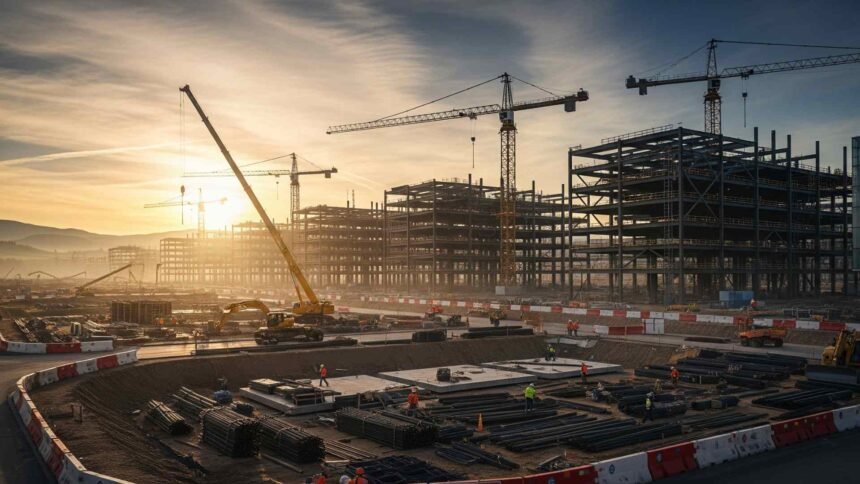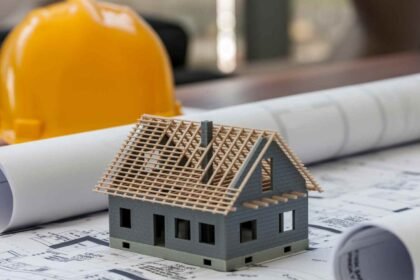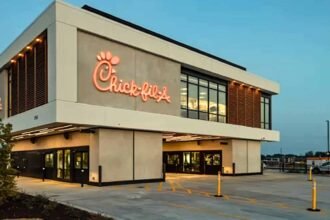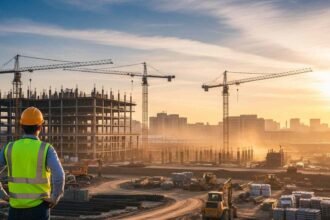Construction companies across the United States face fresh challenges as input prices for materials and services edged higher in July 2025. The Associated Builders and Contractors (ABC) analyzed data from the U.S. Bureau of Labor Statistics’ Producer Price Index (PPI) and found that overall construction input prices rose by 0.4% compared to June.
Nonresidential construction costs mirrored this trend, also increasing by 0.4% over the same period. This development ends a brief period of stability and signals potential pressure on project budgets in the coming months. While the monthly bump seems modest, it contributes to broader inflationary trends that builders must navigate carefully.
Experts point to a mix of factors driving these changes, including rising energy costs and recent tariffs on key metals. For contractors already grappling with labor shortages and supply chain hiccups, this news underscores the need for strategic planning. The report, released in mid-August, provides a snapshot of an industry still recovering from pandemic-era disruptions while eyeing future growth opportunities.
Monthly Price Movements and Key Contributors
The 0.4% monthly increase in construction input prices marks the first uptick since April, breaking a short streak of declines. ABC’s analysis highlights energy as a primary culprit behind the rise. Natural gas prices surged by 7.3% in July, while crude petroleum jumped 4.3%. These energy spikes rippled through the supply chain, affecting everything from transportation to manufacturing processes.
Iron and steel prices also climbed by 1.8%, reflecting ongoing volatility in metal markets. In the nonresidential sector, which includes commercial buildings, schools, and infrastructure projects, the identical 0.4% rise suggests uniform pressure across building types. However, not all materials followed suit—softwood lumber prices dipped by 1.3%, offering a small reprieve for wood-dependent projects.
Drilling deeper into specific items, hot-rolled steel saw a sharp 5.3% monthly increase, while copper wire and cable prices leaped by 4.9%. These jumps tie directly to global commodity fluctuations and domestic policy decisions. Unprocessed energy materials, a broader category, rose by 3.1% overall, further amplifying costs for energy-intensive construction activities.
This monthly data comes from the PPI, which tracks prices received by domestic producers for goods and services. Unlike consumer-focused indexes, it excludes imports and taxes but captures how producers pass on costs. For July, the index revealed that broader producer prices across the economy accelerated at the fastest pace since March 2022, adding context to the construction-specific trends.
Yearly Comparisons Reveal Steady Escalation
Looking beyond the month-to-month shifts, the yearly picture shows sustained growth in construction costs. Overall input prices have climbed 2.2% since July 2024, while nonresidential inputs are up 2.6% over the same timeframe. This represents the largest annual increase in over two years for some segments, particularly in residential construction, where inputs rose 2.8% year-over-year.
In residential buildings, goods inputs increased by 2.4% annually, while services rose by 3.3%. Standout yearly hikes include nonferrous wire and cable at 10.5%, fabricated steel plates at 14.3%, and metal molding and trim at a whopping 25.6%. Construction machinery parts surged even higher, up 31.4% from the previous year. These figures highlight how certain materials, especially metals, have borne the brunt of inflationary pressures.
Copper wire’s 12.2% annual rise stands out, influenced by demand from electrical infrastructure projects and tariff impacts. On the energy front, while monthly gains were stark, yearly trends show mixed results—energy inputs to residential construction fell 8.1% over the year, providing some offset.
These yearly comparisons underscore a gradual but persistent cost creep. Since January 2025, nonresidential input prices have risen at an annualized rate of 5.8%, far outpacing general inflation in some areas. This pace worries industry leaders, as it could erode profit margins if not managed through efficient procurement and contract negotiations.
Expert Insights on Causes and Concerns
Industry economists have weighed in on the data, linking the rises to policy and market dynamics. Ken Simonson, chief economist at the Associated General Contractors of America, attributes much of the increase to tariffs imposed earlier in the year on aluminum, steel, and raw copper. He notes that domestic producers are hiking prices in response, even though contractors rarely import materials directly. “Steep tariff increases have driven the producer price index for construction inputs higher for the third consecutive month,” Simonson said.
Anirban Basu, ABC’s chief economist, echoes these concerns, calling the price escalations “too quick.” He warns that trade policies will likely continue exerting upward pressure on materials in the months ahead. Basu also ties the broader PPI acceleration to potential delays in Federal Reserve rate cuts. “The construction industry desperately needs lower borrowing costs,” he emphasized. “Higher rates for longer would continue to weigh on construction spending.”
These insights reflect a human element in the numbers—contractors are not just dealing with spreadsheets but with real-world decisions that affect jobsites and bottom lines. Basu’s optimism about moderating prices in the past year contrasts with current trends, suggesting a volatile path forward.
Implications for the Construction Sector
Rising input prices pose risks to ongoing and planned projects. Contractors may pass on costs to clients, potentially slowing new starts in commercial and infrastructure sectors. With only 34% of contractors expecting profit margin growth in the next six months, according to ABC’s Construction Confidence Index, sentiment remains cautious.
On a positive note, moderating overall inflation and potential interest rate reductions by the Federal Reserve could ease borrowing for large-scale builds. The industry, valued at over $1.8 trillion annually, plays a vital role in economic growth, employing millions. If costs stabilize, it could fuel recovery in housing and public works.
However, persistent tariff effects and energy volatility could exacerbate disparities between residential and nonresidential segments. Multifamily construction, for instance, experienced a milder 0.3% monthly rise but a 2.5% yearly increase, suggesting targeted pressures. Builders must adapt by exploring alternative suppliers or hedging against price swings.
Looking Ahead
As the construction industry digests this July data, stakeholders will watch August’s PPI closely for signs of continuation or reversal. With global events influencing commodities, flexibility remains key. Ultimately, these price shifts remind us that building America’s future comes with ever-changing costs, demanding resilience from those who make it happen.









